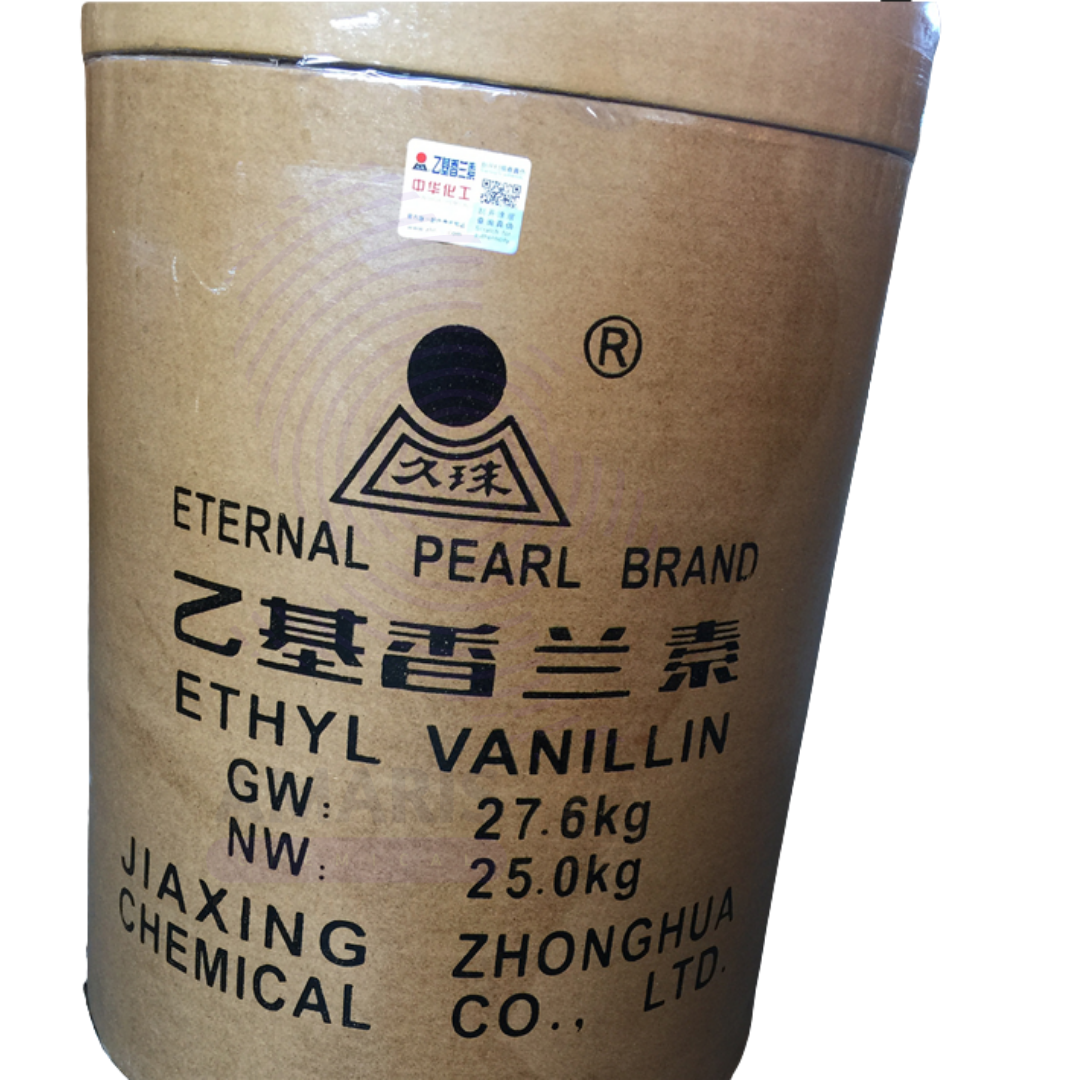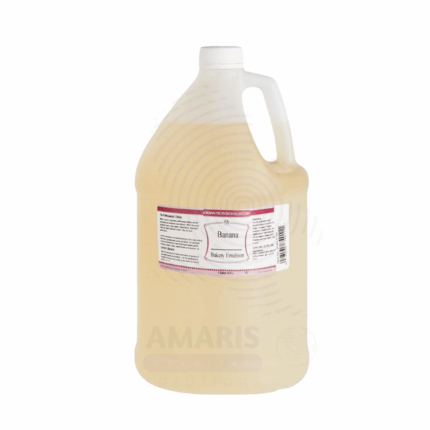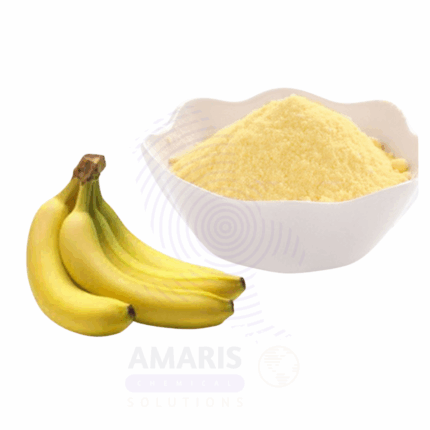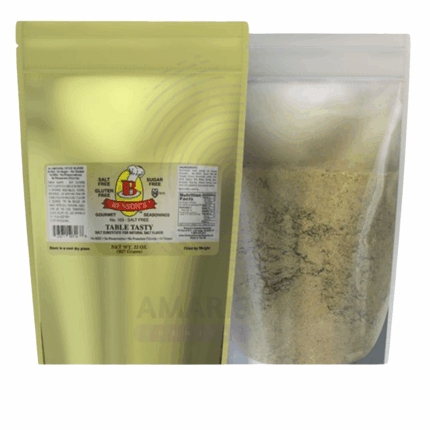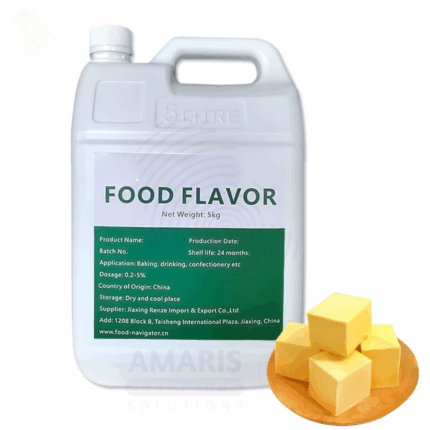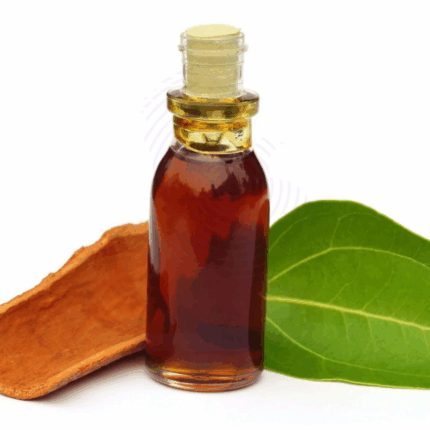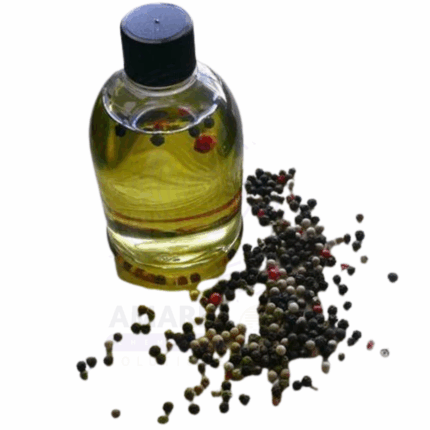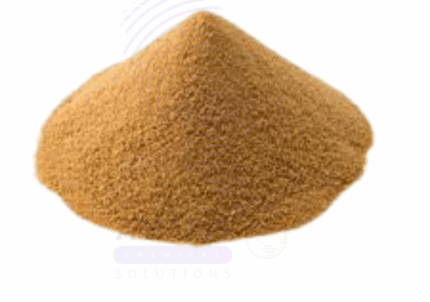Ethylvanilin
Whatsapp Order
Ethylvanilin (3-Ethoxy-4-hydroxybenzaldehyde) is a synthetic aromatic aldehyde widely used as a flavoring agent and fragrance ingredient. It is a white to pale yellow crystalline powder with a strong, sweet vanilla-like odor, but more intense than natural vanillin. Ethylvanillin offers excellent flavor stability, solubility in alcohol and oils, and is valued for its enhanced vanilla aroma in food, beverage, cosmetics, and pharmaceutical formulations. Due to its potent scent and flavor profile, it is a preferred substitute or complement to natural vanilla extract.
Description
Table of Contents
Toggle
Ethylvanilin
Primary Uses
- Food & Beverage Industry
- Used as a flavor enhancer in bakery products, confectionery, chocolates, dairy items, and beverages to impart a rich vanilla aroma.
- Employed in flavor formulations for ice creams, puddings, syrups, and soft drinks.
- Acts as a masking agent to cover undesirable odors and enhance overall sensory profiles.
- Fragrance & Perfumery
- Incorporated in perfumes, colognes, and scented products for its sweet, creamy, and long-lasting vanilla scent.
- Used in soaps, lotions, deodorants, and personal care products to provide warm vanilla notes.
- Utilized in aromatherapy blends and scented candles.
- Pharmaceuticals
- Added as a flavoring agent in syrups, lozenges, chewable tablets, and oral medications to improve palatability and patient compliance.
- Sometimes used in topical formulations for its pleasant aroma.
- Cosmetics & Personal Care
- Used in lip balms, creams, body lotions, and hair care products for fragrance enhancement.
- Functions as a scent modifier or base note in complex fragrance compositions.
Secondary Uses
- Food Packaging & Processing
- Employed as an additive in packaging materials to impart vanilla scent or mask packaging odors.
- Used in aroma release systems and controlled flavor delivery mechanisms.
- Household Products
- Incorporated in air fresheners, fabric softeners, and cleaning agents for a sweet vanilla fragrance.
- Tobacco Industry
- Added as a flavor additive in tobacco products and e-liquids to create vanilla flavor variants.
- Chemical Intermediate
- Used in organic synthesis for derivatives and specialty chemicals requiring aromatic aldehyde functionality.
- Used in organic synthesis for derivatives and specialty chemicals requiring aromatic aldehyde functionality.
KEY PRODUCT FEATURES
1. Basic Identification Attributes
- Chemical Name (IUPAC): 3-Ethoxy-4-hydroxybenzaldehyde
- Common/Trade Name: Ethylvanillin
- CAS Number: 121-32-4
- HS Code: 2914.39.00
- Molecular Formula: C9H10O3
- Synonyms: Ethyl vanillin, Vanillin ethyl ether, 3-Ethoxy-4-hydroxybenzaldehyde
2. Physical & Chemical Properties
- Physical State: Crystalline powder
- Color: White to pale yellow
- Odor: Strong sweet vanilla aroma
- Melting Point: 77–79°C
- Boiling Point: 297°C (decomposes)
- Density: ~1.23 g/cm³
- Solubility: Soluble in alcohol, oils, and organic solvents; sparingly soluble in water
- Stability: Stable under normal conditions; sensitive to strong acids and bases
3. Safety & Hazard Attributes
- Hazard Class (GHS): Not classified as hazardous but may cause mild skin or eye irritation
- Toxicity: Low acute toxicity; ingestion in large amounts not advised
- Exposure Limits: No specific occupational exposure limits established
4. Storage & Handling Attributes
- Storage Conditions: Store in a cool, dry, well-ventilated area away from light and moisture
- Container Type: Sealed glass or plastic containers, moisture-proof packaging
- Shelf Life: 24 months if stored properly
- Handling Precautions: Avoid dust formation, minimize inhalation, and prevent eye contact
5. Regulatory & Compliance Attributes
- FDA Status: Generally recognized as safe (GRAS) for use as a flavoring agent
- EFSA Approval: Approved as a flavoring substance in the EU
- Compliance: Meets food-grade specifications and purity standards
- Usage Restrictions: Used within regulated concentration limits in food and cosmetics
6. Environmental & Health Impact
- Biodegradability: Readily biodegradable
- Ecotoxicity: Low toxicity to aquatic organisms
- Bioaccumulation: Not expected
- Carcinogenicity/Mutagenicity: Not classified as carcinogenic or mutagenic
SAFETY HANDLING PRECAUTIONS
Safety Handling Precautions
- Personal Protective Equipment (PPE):
- Gloves (nitrile or latex)
- Safety goggles
- Dust mask or respirator in dusty environments
- Lab coat or protective clothing
- Handling Guidelines:
- Use in well-ventilated areas
- Avoid dust inhalation and contact with skin and eyes
- Prevent dust accumulation and spills
- Storage Measures:
- Keep containers tightly sealed
- Protect from moisture, light, and heat
- Store away from incompatible substances (strong oxidizers)
- Hygiene Practices:
- Wash hands after handling
- Avoid eating, drinking, or smoking near handling areas
- Clean surfaces and equipment after use
First Aid Measures
- Inhalation:
- Move to fresh air; seek medical attention if breathing difficulties or irritation occur
- Skin Contact:
- Wash with soap and water; seek medical advice if irritation develops
- Eye Contact:
- Rinse eyes thoroughly with water for 15 minutes; consult physician if irritation persists
- Ingestion:
- Rinse mouth; do not induce vomiting; seek immediate medical help if large quantities ingested
Firefighting Measures
- Fire Hazards:
- Combustible solid; emits toxic fumes upon burning
- Extinguishing Media:
- Use dry chemical, foam, carbon dioxide (CO₂), or water spray
- Special Precautions:
- Firefighters should wear protective gear and self-contained breathing apparatus if necessary
- Decomposition Products:
- Carbon monoxide, carbon dioxide, and aromatic aldehyde fragments
Related products
Banana Liquid Flavour
Banana Liquid Flavour is a high-quality food-grade flavoring agent designed to replicate the sweet, creamy, and fruity aroma of ripe bananas. It is widely used in the food and beverage industry due to its excellent flavor stability, solubility in aqueous systems, and compatibility with various processing conditions. This flavoring is ideal for enhancing taste profiles in a wide range of culinary applications and is formulated to maintain its potency during baking, freezing, or high-temperature cooking processes. Its versatility makes it suitable for both commercial food production and artisanal applications.
Banana Powder Flavour
Banana Powder Flavour is a premium food-grade powdered flavoring agent that delivers the sweet, creamy, and natural aroma of ripe bananas. It is designed for easy incorporation into dry food products, beverages, and culinary mixes. The powder form offers excellent stability, ease of handling, and uniform dispersion, making it ideal for bakery products, confectionery, snacks, and powdered drink mixes. This flavor maintains its potency and aroma even under high-temperature processing and extended storage.
Bitter Mask Powder Flavour Food Grade
Bitter Mask Powder Flavour Food Grade is a specialized food-grade powdered flavor designed to effectively mask and reduce bitterness in food and beverage formulations. It delivers a smooth, balanced sensory experience by suppressing undesirable bitter notes without affecting the overall flavor profile. This powder is ideal for use in pharmaceuticals, dietary supplements, functional foods, beverages, and nutraceutical products where bitterness can impact consumer acceptance. It offers excellent stability and easy incorporation into both dry and liquid matrices.
Butter Liquid Flavour
Butter Liquid Flavour is a premium food-grade liquid flavor designed to replicate the rich, creamy, and natural aroma and taste of fresh butter. It is formulated to provide an authentic buttery note with a smooth, rich profile, suitable for enhancing a wide range of food and beverage products. This flavor exhibits excellent stability in various formulations, making it ideal for use in bakery items, dairy products, confectionery, and savory snacks.
Cassia Oil
Cassia Oil is a potent essential oil steam-distilled from the bark of Cinnamomum cassia, commonly known as Chinese cinnamon. It carries a strong, spicy, and warm aroma similar to true cinnamon but is more pungent and intense. Its reddish-brown to yellow appearance and high cinnamaldehyde content give it powerful antimicrobial, antifungal, and warming properties. Cassia Oil is used across various industries including food flavoring, pharmaceuticals, cosmetics, aromatherapy, and household products. Due to its strength, it is typically used in diluted concentrations.
Cubeb Oil
Cubeb Oil is an essential oil steam-distilled from the dried berries of Piper cubeba, a plant native to Java and parts of Southeast Asia. With a warm, spicy, woody, and slightly camphoraceous aroma, Cubeb Oil is rich in sesquiterpenes and monoterpenes such as sabinene, cubebene, and caryophyllene. It has traditionally been used in herbal medicine for respiratory and urinary support and in perfumery for its distinctive spicy-woody scent.
In modern formulations, Cubeb Oil is valued for its antimicrobial, anti-inflammatory, and stimulating properties. It is commonly used in natural perfumery, masculine fragrances, therapeutic massage blends, and respiratory wellness products.
Malt Extract
Malt Extract is a concentrated syrup or powder derived from malted barley or other cereal grains through enzymatic extraction. It is produced by steeping, germinating, and drying grains, then mashing and concentrating the liquid extract. Rich in sugars (mainly maltose), amino acids, vitamins (notably B-complex), and minerals, malt extract is valued for its natural sweetness, nutritional content, and fermentable properties. Available in liquid (syrup) or dry (powdered) forms, it is widely used in the food, beverage, pharmaceutical, and animal nutrition industries.
Monosodium Glutamate
Monosodium Glutamate is the sodium salt of the naturally occurring amino acid glutamic acid. It appears as a white crystalline powder with a clean, savory taste known as "umami." MSG is widely used as a flavor enhancer in the food industry to intensify and balance flavors. The FCC (Food Chemicals Codex) grade indicates it meets purity and safety standards for food use.


 Preservatives(food)
Preservatives(food) Flavor Enhancers
Flavor Enhancers Acidulants
Acidulants Sweeteners
Sweeteners Antioxidants
Antioxidants Colorants(food)
Colorants(food) Nutraceutical Ingredients (food)
Nutraceutical Ingredients (food) Nutrient Supplements
Nutrient Supplements Emulsifiers
Emulsifiers
 Collectors
Collectors Dust Suppressants
Dust Suppressants Explosives and Blasting Agents
Explosives and Blasting Agents Flocculants and Coagulants
Flocculants and Coagulants Frothers
Frothers Leaching Agents
Leaching Agents pH Modifiers
pH Modifiers Precious Metal Extraction Agents
Precious Metal Extraction Agents
 Antioxidants(plastic)
Antioxidants(plastic) Colorants (Pigments, Dyes)
Colorants (Pigments, Dyes) Fillers and Reinforcements
Fillers and Reinforcements Flame Retardants
Flame Retardants Monomers
Monomers Plasticizers
Plasticizers Polymerization Initiators
Polymerization Initiators Stabilizers (UV, Heat)
Stabilizers (UV, Heat)
 Antifoaming Agents
Antifoaming Agents Chelating Agents
Chelating Agents Coagulants and Flocculants
Coagulants and Flocculants Corrosion Inhibitors
Corrosion Inhibitors Disinfectants and Biocides
Disinfectants and Biocides Oxidizing Agents
Oxidizing Agents pH Adjusters
pH Adjusters Scale Inhibitors( water)
Scale Inhibitors( water)
 Antioxidants(cosmetic)
Antioxidants(cosmetic) Emollients
Emollients Fragrances and Essential Oils
Fragrances and Essential Oils Humectants
Humectants Preservatives
Preservatives Surfactants(cosmetic)
Surfactants(cosmetic) Thickeners
Thickeners UV Filters
UV Filters
 Fertilizers
Fertilizers Soil Conditioners
Soil Conditioners Plant Growth Regulators
Plant Growth Regulators Animal Feed Additives
Animal Feed Additives Biostimulants
Biostimulants Pesticides (Herbicides, Insecticides, Fungicides)
Pesticides (Herbicides, Insecticides, Fungicides)
 Active Pharmaceutical Ingredients (APIs)
Active Pharmaceutical Ingredients (APIs) Excipients
Excipients Solvents(pharmaceutical)
Solvents(pharmaceutical) Antibiotics
Antibiotics Antiseptics and Disinfectants
Antiseptics and Disinfectants Vaccine Adjuvants
Vaccine Adjuvants Nutraceutical Ingredients (pharmaceutical)
Nutraceutical Ingredients (pharmaceutical) Analgesics & Antipyretics
Analgesics & Antipyretics
 Analytical Reagents
Analytical Reagents Solvents(lab)
Solvents(lab) Chromatography Chemicals
Chromatography Chemicals Spectroscopy Reagents
Spectroscopy Reagents microbiology-and-cell-culture-reagents
microbiology-and-cell-culture-reagents Molecular Biology Reagents
Molecular Biology Reagents Biochemical Reagents
Biochemical Reagents Inorganic and Organic Standards
Inorganic and Organic Standards Laboratory Safety Chemicals
Laboratory Safety Chemicals Specialty Laboratory Chemicals(Special Laboratory Equipment)
Specialty Laboratory Chemicals(Special Laboratory Equipment)
 Demulsifiers
Demulsifiers Hydraulic Fracturing Fluids
Hydraulic Fracturing Fluids Scale Inhibitors(oil)
Scale Inhibitors(oil) Surfactants(oil)
Surfactants(oil) Drilling Fluids
Drilling Fluids
 Dyes and Pigments
Dyes and Pigments Bleaching Agents
Bleaching Agents Softening Agents
Softening Agents Finishing Agents
Finishing Agents Antistatic Agents
Antistatic Agents
 Admixtures
Admixtures Waterproofing Agents
Waterproofing Agents Sealants and Adhesives
Sealants and Adhesives Curing Compounds
Curing Compounds Concrete Repair Chemicals
Concrete Repair Chemicals Anti-Corrosion Coatings
Anti-Corrosion Coatings
 Surfactants(cleaning)
Surfactants(cleaning) Builders
Builders Enzymes
Enzymes Solvents (Cleaning)
Solvents (Cleaning) Fragrances
Fragrances
 Electronic Chemicals
Electronic Chemicals Catalysts
Catalysts Lubricants
Lubricants Photographic Chemicals
Photographic Chemicals Refrigerants
Refrigerants Automotive chemicals
Automotive chemicals Pyrotechnic Chemicals
Pyrotechnic Chemicals
 Biodegradable Surfactants
Biodegradable Surfactants Bio-based Solvents
Bio-based Solvents Renewable Polymers
Renewable Polymers Carbon Capture Chemicals
Carbon Capture Chemicals Wastewater Treatment Chemicals
Wastewater Treatment Chemicals
 Pigments
Pigments Solvents(paint)
Solvents(paint) Specialty Coatings
Specialty Coatings Binders/Resins
Binders/Resins Additives
Additives Driers
Driers Anti-Corrosion Agents
Anti-Corrosion Agents Functional Coatings
Functional Coatings Application-Specific Coatings
Application-Specific Coatings
 Fresh Herbs
Fresh Herbs Ground Spices
Ground Spices Whole Spices
Whole Spices Spice Blends
Spice Blends Dried Herbs
Dried Herbs
 Leavening Agents
Leavening Agents Dough Conditioners
Dough Conditioners Flour Treatments
Flour Treatments Fat Replacers
Fat Replacers Decoratives
Decoratives Preservatives(baking)
Preservatives(baking)
 Plasticizers & Softeners
Plasticizers & Softeners Reinforcing Agents
Reinforcing Agents Adhesion Promoters
Adhesion Promoters Vulcanizing Agents
Vulcanizing Agents Antidegradants
Antidegradants Blowing Agents
Blowing Agents Fillers & Extenders
Fillers & Extenders Accelerators & Retarders
Accelerators & Retarders